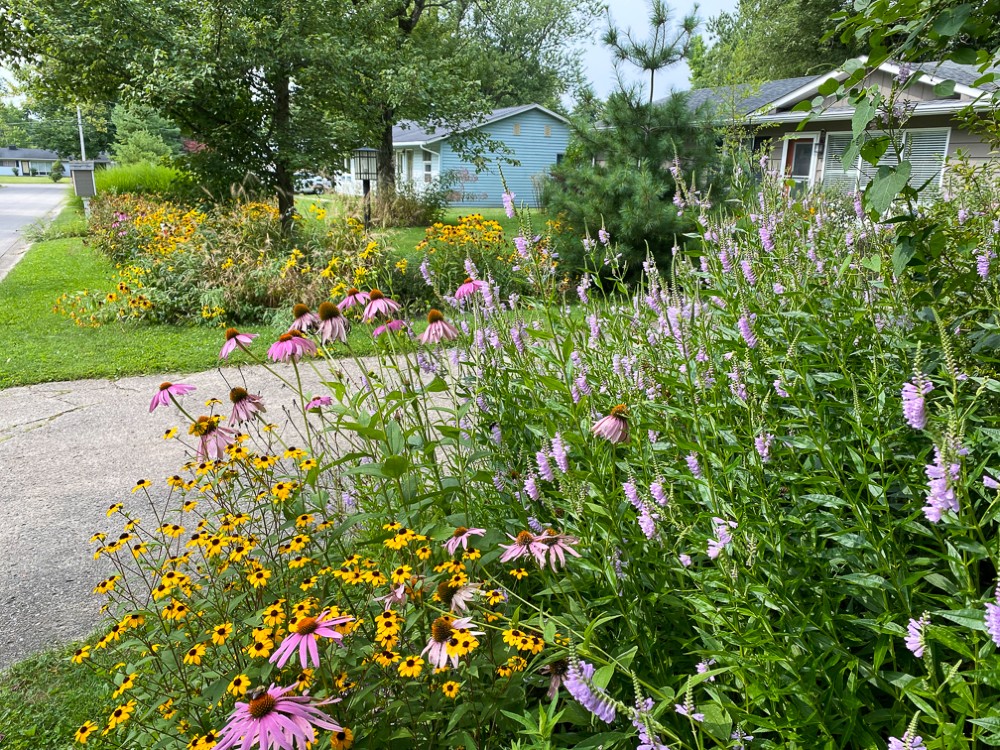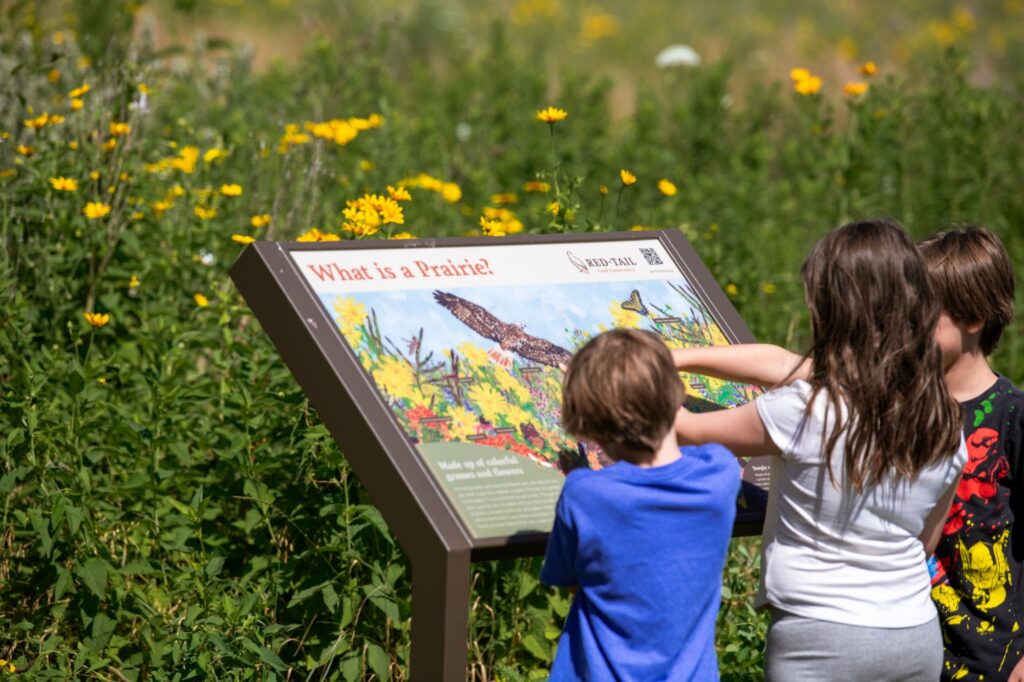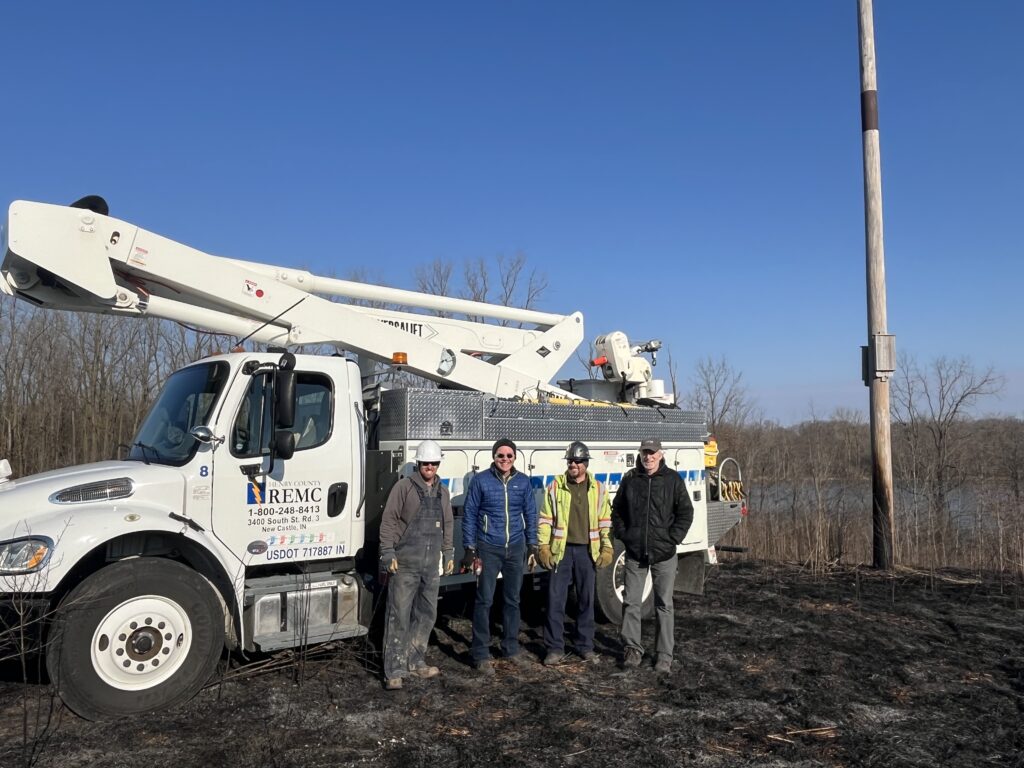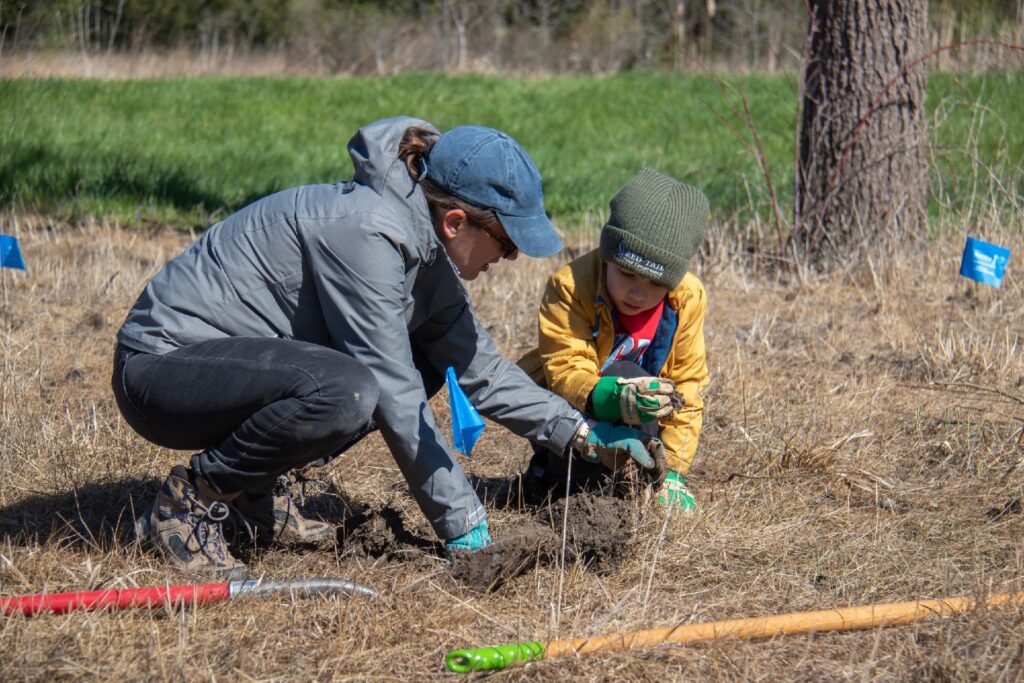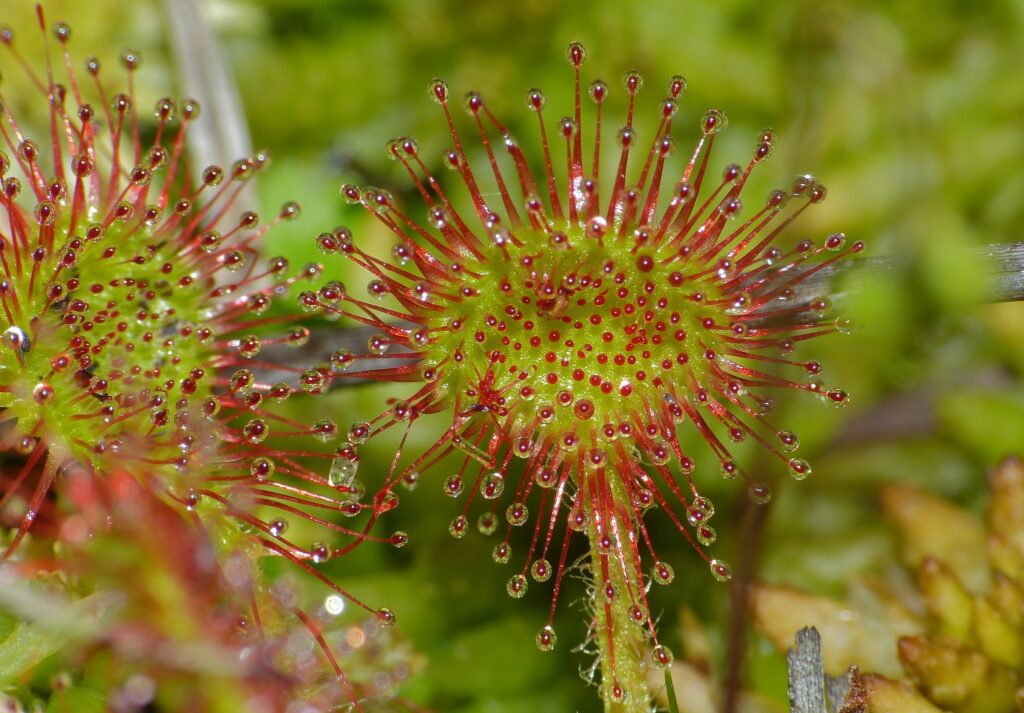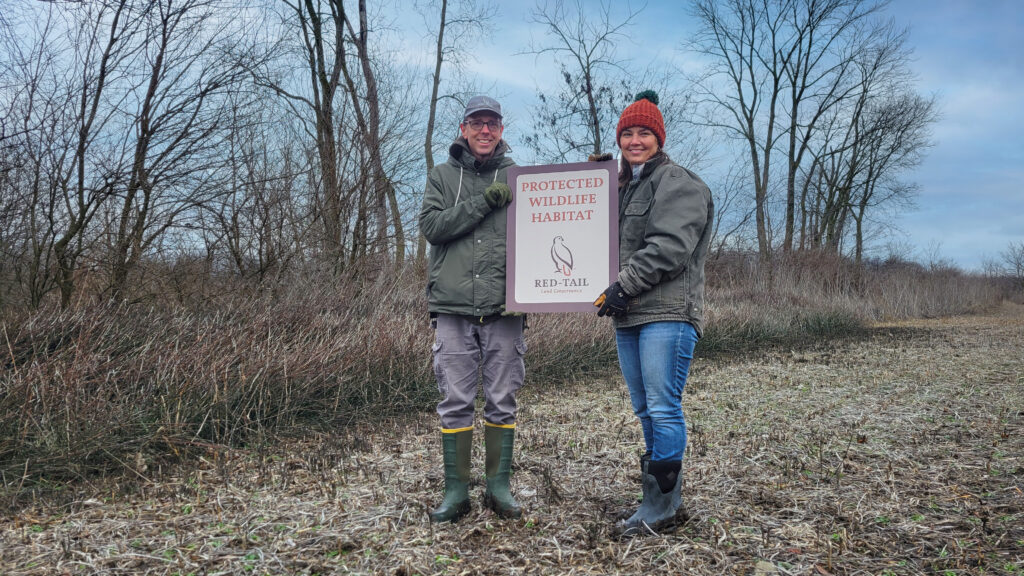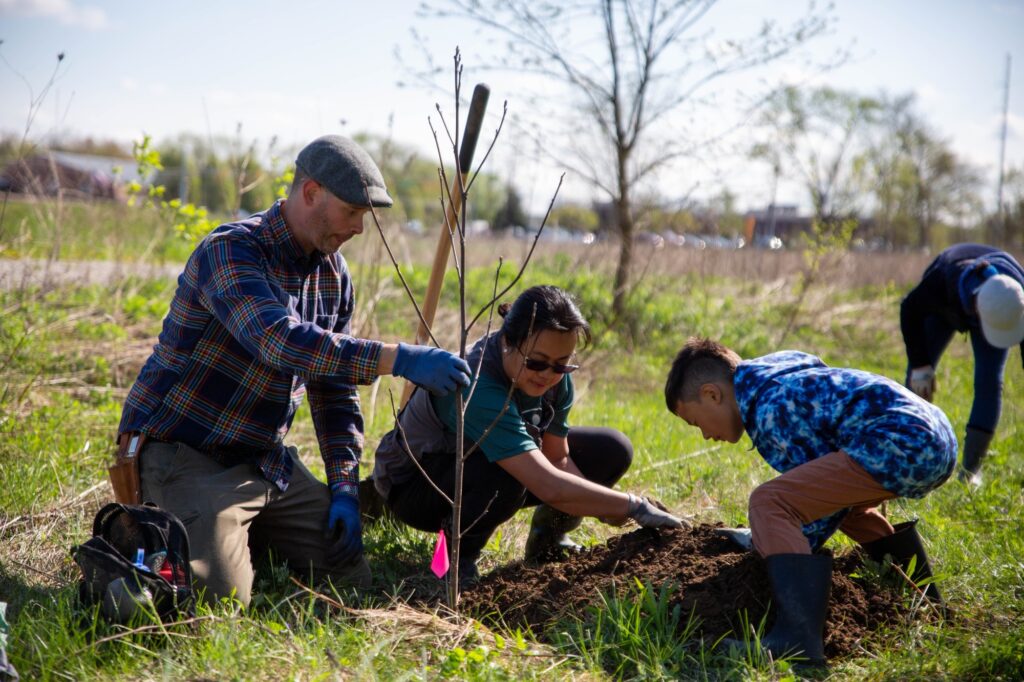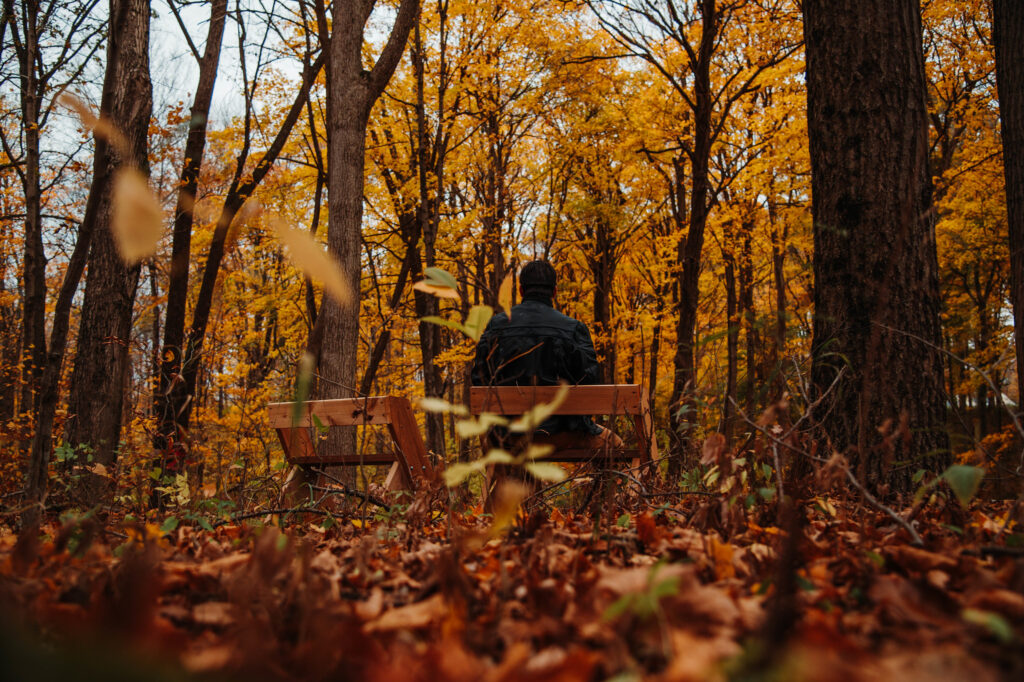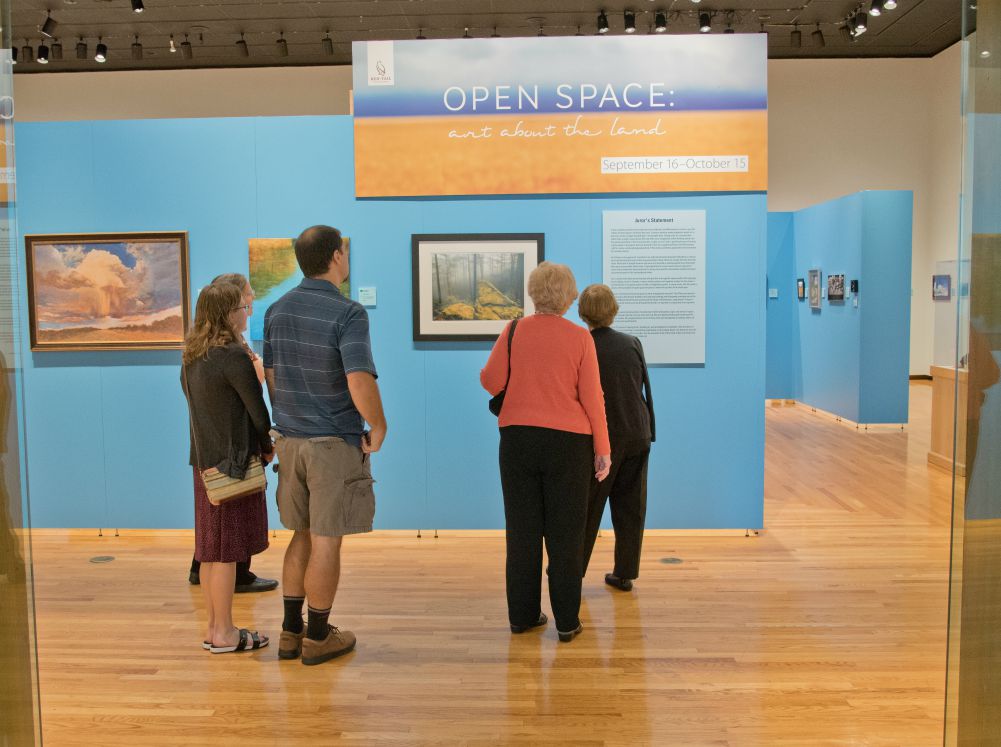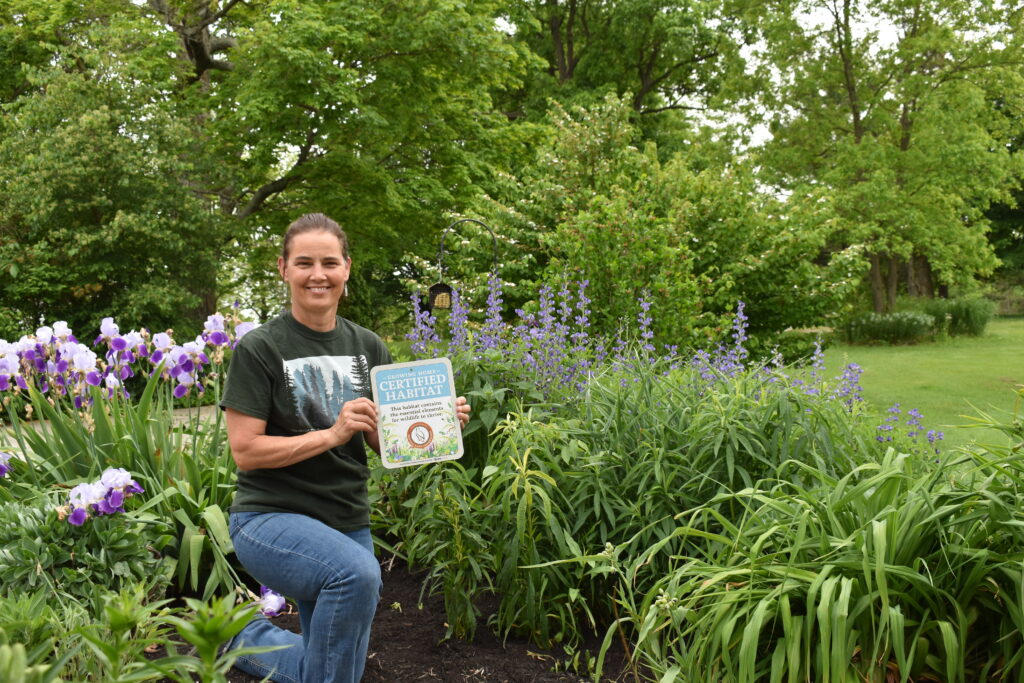Applications for backyard habitat certification due July 31…
Red-tail Land Conservancy Unveils New Interpretive Signs at Dutro-Ernst Woods
New beautifully illustrated signage was installed at Dutro-Ernst Woods for visitor education on plants, animals, and habitats…
Red-tail partners with local orgs. to restore osprey nesting platform
Henry County REMC and Robert Cooper Audubon Society provide a crew to repair an important raptor nesting site…
Red-tail Volunteers Plant Trees in Randolph Co. Nature Preserve
Volunteers across east central Indiana came together for Earth Day to plant more than 250 trees in McVey Memorial Forest…
Carnivorous Plant Shocks Scientists by Going Vegan
In a bizarre twist of nature, a carnivorous plant has astounded botanists by declaring its newfound commitment to veganism.
Red-tail Land Conservancy Celebrates the Protection of New Wetland Nature Preserve
Buck Creek Fen Preserve protects a rare wetland and adds to existing protected wildlife corridor…
Red-tail Land Conservancy celebrates surge in volunteer engagement
Volunteerism in 2023 valued at more than $45K…
Opt Outside Habitat Hike is a brilliant display of autumn and nature
Red-tail Land Conservancy’s hiking event invites the community to explore nature on Black Friday…
Calling all Hoosier Artists!
Artwork submission is open for “Open Space: Art About the Land” annual art competition and exhibition…
Applications for Growing Home™ backyard habitat certification due July 31
Deadline nearing for submissions to Red-tail’s Growing Home™ Habitat Certification program…

